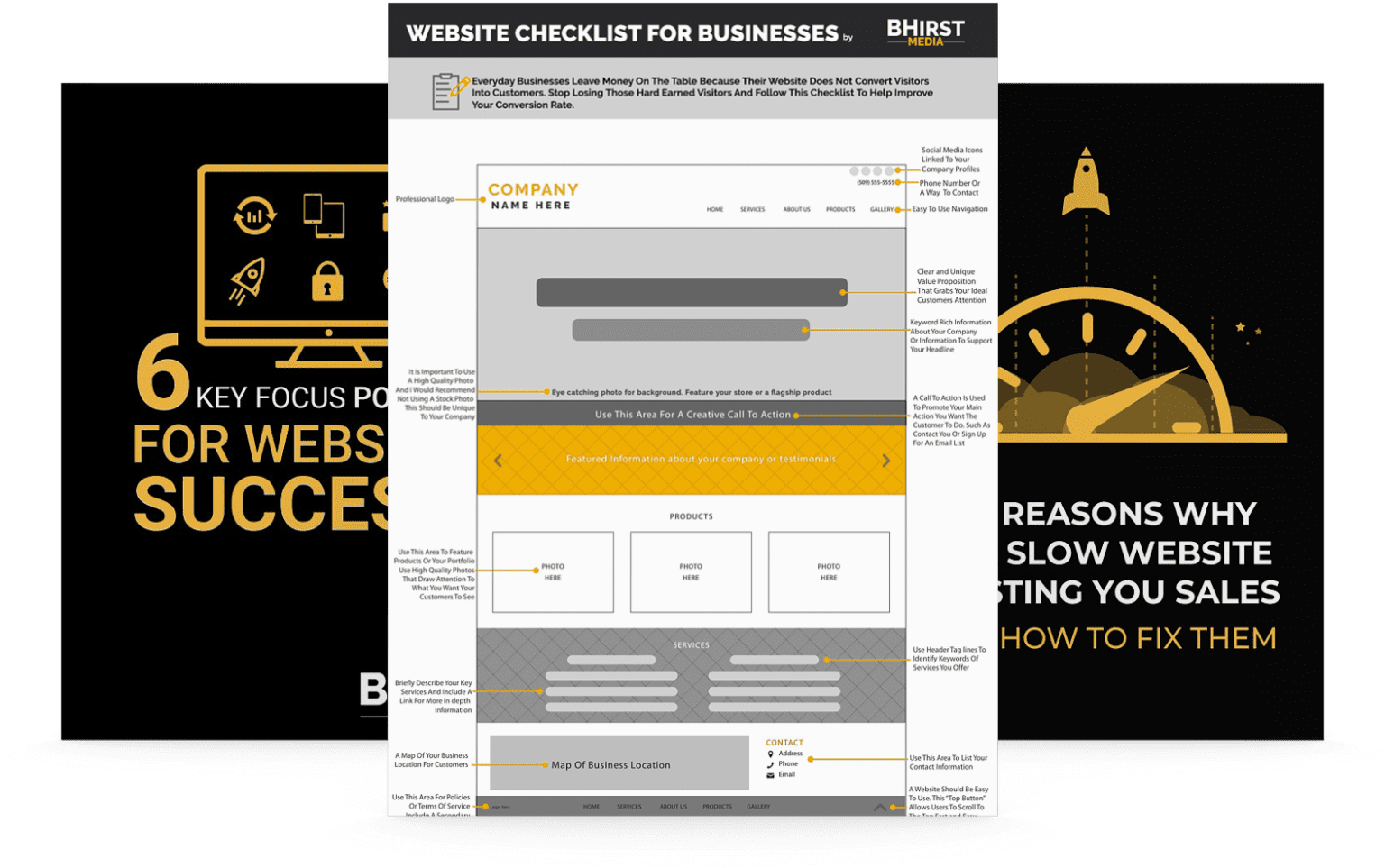
Is your website achieving your planned goals? If you want to know the answer, all you need to do is read your website metrics. Tools like Google Analytics collect essential data about how people interact with your website and present them in an easy-to-read and easy-to-understand manner. You can read this collected data to see where your current strategies are succeeding and where they may need more work – if you know what you’re looking for.
But the amount of data that these tools collect can be overwhelming. Which data points should you be looking to for immediate guidance? Below are some of the most notable metrics to keep an eye on for your business’ growth.
Many website developers will tell you that the single most important metric you need to watch is traffic. This tells you each visit made to your web page within a set period. You can dig even deeper, getting specific information about which visitors are new and their geolocation.
However, if you want to paint a better picture of how engaging your content is, you should look at the amount of time spent on your site. This tells you exactly how long each visitor spends on your site, and other metrics can break down which pages they were on and for how long. In general, very short times could be a sign that visitors aren’t interested in your content, or that the materials within are not being presented in a way that is immediately engaging.

Also known as CTR, click-through rate refers to the percentage of users who click on an ad or off-site link. CTR is mostly of interest to websites running advertising campaigns because it shows how successful the ad is in getting users’ attention and succeeding in achieving the desired outcome. A low CTR could result from web page design choices (such as placing the ad at the end of a page) or could illustrate a lack of interest in the ad or the call to action (CTA) itself.
One important note: CTR only measures when someone clicks on the ad. It does not represent sales made through the ad.
Inevitably, every user is going to leave your website at some point. Bounce rate shows the percentage of users who leave after only visiting one page, regardless of time spent on that page. If your website is continuously growing and adding new content, your ideal bounce rate will be low. A static page that offers limited information and few (or no) instances of audience interaction is likely to see a much higher bounce rate.
While some users may come to your site looking for one thing and be satisfied with that, your aim should be to direct them to other pages on your site to reach your goal, be that making a sale or getting them to sign up for a newsletter or email list. Visitors could be leaving early if your website design doesn’t make navigation clear and easy or if your internal links don’t guide them where you want them to go efficiently.
Most websites, from small business homepages to stores and personal blogs, utilize a search box somehow. Rather than using your hyperlinks to navigate, many users will immediately go to the search box looking for precisely what they want. It’s more convenient for them to do so because it gets them their information faster. It also provides you with a powerful metric.
This search metric doesn’t just note each time someone uses your search function: it records what search terms were entered in the box, telling you exactly what people are hoping to get from your site and giving you patterns to analyze for your SEO efforts.
You can use this info to determine which pages and types of content are the most popular and should be highlighted. Just as importantly, it can show you when people search for the content you don’t have, providing you with valuable intel on how to better cater to your audience with the products or services they really want. Either way, it helps you refocus your content so that there is no confusion about your site’s purpose.

There are multiple ways to analyze where and when your content gets shared on social media, and they’re all instrumental. The most basic is part of the traffic metric. Specifically, it can show you where traffic is coming from. This lets you know not only when visitors share your content on Facebook, Twitter, and other platforms but when other websites link back to you as well.
You can encourage your audience to share your content on social media by including relevant widgets in your custom web design. When clicked, these buttons will automatically take the user to their profile on a specific platform with a pre-formatted link to share. Everyone in their network will see it, expanding your reach and organically improving your social proof/credibility.
Some widgets include a counter that displays the total number of times it’s been used to share the page it’s on. While this makes it simple for you to gauge the number of times users shared a page, it has the additional benefit of convincing visitors that the page is popular and authoritative.
Hitting your target numbers with data metrics depends in part on sound website design and development, and our experts at BHirst Media are here to deliver.
You’ve come to the right place. BHirst Media is a U.S. based digital agency that offers web design and development, and we’re here to help with your website needs. Learn more about how we can help you today, and together we’ll walk you through every step so you don’t have to get bogged down by the hard stuff.
